In this guide from Pacific Arthritis in Los Angeles, we explain the causes and symptoms of osteoporosis.
What Is Osteoporosis?
Bone is living tissue that is broken down and replaced naturally throughout your life. Osteoporosis occurs when the creation of new bone happens more slowly than the loss of old bone. Osteoporosis causes bones to become brittle and weak to the point that a fall or even mild movements, such as bending over or coughing can cause a fracture. Osteoporosis-related fractures most commonly happen in the hip, wrist, or spine.
What Are the Causes Of Osteoporosis You Can Not Control?
- Your sex. Women have a greater chance of developing osteoporosis than men.
- Age. As you become older, your risk of osteoporosis increases. This happens because as you age, bone loss happens more rapidly, while new bone growth happens more slowly.
- Race. If you are white or of Asian descent, you are at a greater risk of osteoporosis.
- Genetics. Having an immediate family member with osteoporosis puts you at greater risk, especially if your mother or father has previously fractured a hip.
- Body frame size. As they age, people who have small body frames tend to have a higher risk because they might have less bone mass to draw from as they age.
What Are Lifestyle Choices And Controllable Factors That Increase Your Risk Of Osteoporosis?
A healthy lifestyle is an important part of keeping bones strong. Factors that contribute to bone loss include:
- Long periods of time with no physical activity can contribute to an increased rate of bone loss. Lack of exercise can cause your physical conditioning to deteriorate, which can increase your risk of falling and breaking a bone.
- Excessive drinking of alcohol can increase the risk of osteoporosis.
- Smoking affects bone growth and can lead to osteoporosis and/or fracture.
- A diet low in calcium and/or vitamin D can influence your risk of osteoporosis and fractures. Excessive dieting or poor protein intake may also increase your risk for bone loss and osteoporosis. Balancing your diet, and giving your body a healthy mix of vitamins and other nutrients can reduce your risk of osteoporosis.
What Other Factors Can Put You At A Higher Risk Of Developing Osteoporosis?
- Medical conditions and diseases. Some medical conditions can increase the risk of osteoporosis, such as other endocrine and hormonal diseases, gastrointestinal diseases, rheumatoid arthritis, certain types of cancer, HIV/AIDS, and anorexia nervosa.
- Medications. Long-term use of certain medications, such as hormones, antiepileptics, and cancer medications, may make you more likely to develop bone loss and osteoporosis.
What Are The Symptoms Of Osteoporosis?
In the early stages of bone loss, there are no obvious symptoms. However, once your bones have been weakened by osteoporosis, you might have signs and symptoms that include:
- Back pain, caused by a fractured or collapsed vertebra
- Loss of height over time
- A stooped posture
- A bone that breaks much more easily than expected
When Should You See A Doctor About Osteoporosis?
If you have osteoarthritis, rheumatoid arthritis, or feel as though you may be at risk of osteoporosis, consider discussing your treatment options with Pacific Arthritis. Pacific Arthritis has two locations in Los Angeles and Santa Monica. To ask how we can help, call 310-297-9221 today.

